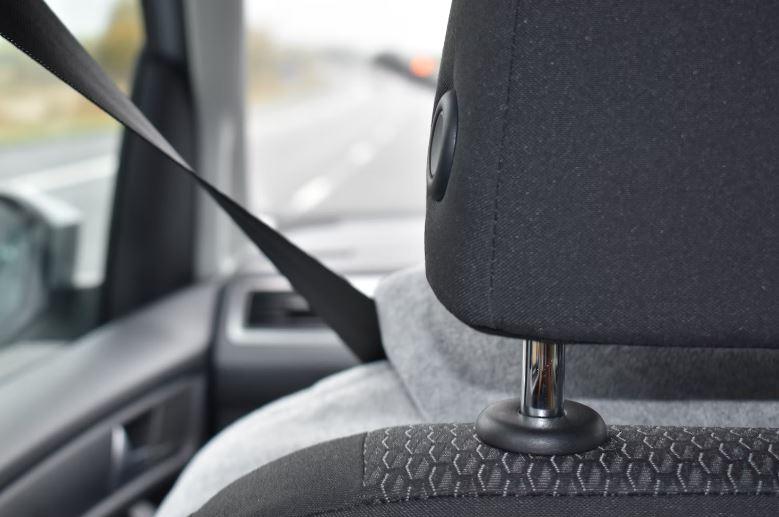Embarking on a DIY journey to install a car roof rack system not only adds versatility to your vehicle but also provides a customized solution for hauling your gear. Whether you’re an outdoor enthusiast, a road tripper, or simply in need of extra cargo space, a well-installed roof rack can make all the difference. This guide will take you through the step-by-step process of installing a car roof rack system, ensuring a secure and personalized solution for your transportation needs.
Choosing the Right Roof Rack:
Before diving into the installation process, it’s crucial to select the right roof rack system for your vehicle. Roof racks come in various styles, including crossbars, full-length racks, and specialized options for specific activities like kayaking or biking. Consider your intended use and the type of gear you’ll be transporting to make an informed choice.
Gathering the Necessary Tools:
Ensure a smooth installation process by having all the required tools on hand. Typically, you’ll need a wrench, screwdrivers, a tape measure, and the specific tools provided in the roof rack kit. Double-check the manufacturer’s instructions to confirm the necessary tools for your particular roof rack system.
Step 1: Positioning the Crossbars:
Start by placing the crossbars on the roof of your vehicle. Measure the distance between the front and rear crossbars to ensure they are evenly spaced. Most roof rack systems come with adjustable crossbars, allowing you to customize the positioning based on your specific needs.
Step 2: Securing the Crossbars:
Once you’ve determined the optimal placement, use the provided tools to secure the crossbars to the roof of your vehicle. Tighten the bolts or screws according to the manufacturer’s specifications, ensuring a snug fit. Be cautious not to overtighten, as this may damage the roof or the roof rack components.
Step 3: Attaching the Mounting Feet:
Attach the mounting feet to the crossbars. The number of mounting feet will depend on the design of your roof rack system. Follow the instructions provided by the manufacturer to correctly affix the mounting feet to the crossbars.
Step 4: Installing the Roof Rack Accessories:
If your roof rack system includes accessories such as bike mounts, kayak carriers, or cargo boxes, now is the time to install them. Each accessory will have specific attachment points and securing mechanisms. Take the time to carefully follow the instructions for each accessory to ensure a proper and secure fit.
Moreover, for those looking to enhance or salvage their Subaru vehicles, services like Subaru wreckers in Adelaide offer a valuable solution. These specialized wreckers can provide spare parts, perform repairs, or responsibly dispose of Subaru vehicles that have reached the end of their lifecycle. Integrating services from Subaru wreckers into your DIY car care approach ensures a sustainable and resourceful way to manage your Subaru, whether you’re upgrading, repairing, or parting ways with your beloved vehicle.
visit: https://www.carwreckersadelaide.com/subaru-car-wreckers-adelaide/
Step 5: Double-Checking and Adjustments:
Before hitting the road, double-check the entire installation. Ensure that all bolts and screws are tightened to the recommended torque, and verify that the roof rack system is securely fastened to your vehicle. Make any necessary adjustments to achieve the desired tightness and stability.
Step 6: Load Distribution and Weight Capacity:
Consider the weight distribution of your cargo when loading items onto the roof rack. Ensure that the weight is evenly distributed across the crossbars to maintain balance and stability. Refer to your vehicle’s manual for the recommended weight capacity, and never exceed this limit to prevent damage to both the roof rack and your vehicle.
Step 7: Aerodynamics and Fuel Efficiency:
While a roof rack provides additional cargo space, it’s essential to be mindful of its impact on aerodynamics and fuel efficiency. High-profile items or excessive cargo can increase wind resistance, affecting your vehicle’s aerodynamics and fuel consumption. When not in use, consider removing the roof rack to optimize fuel efficiency during everyday driving.
Step 8: Regular Maintenance Checks:
After installation, make it a habit to conduct regular maintenance checks on your roof rack system. Inspect for any loose bolts, signs of wear, or corrosion. Addressing issues promptly ensures the continued reliability and safety of your roof rack. Routine checks become especially crucial before embarking on long journeys or when transporting heavy loads.
Step 9: Weather Considerations:
Factor in weather conditions when using your roof rack. If you frequently drive in inclement weather or encounter rough road conditions, invest in weather-resistant covers for your cargo. Additionally, check the weather seals on your roof rack system to prevent water leakage and protect your gear from the elements.
Step 10: Personalizing Your Roof Rack:
Beyond functionality, consider personalizing your roof rack to reflect your style. Many manufacturers offer customizable options for color, materials, and additional accessories. Personal touches not only make your vehicle stand out but also add a touch of individuality to your DIY-installed roof rack system.
Benefits of DIY Installation:
Opting for a DIY installation not only saves on installation costs but also grants you a deeper understanding of your vehicle’s mechanics. It fosters a sense of accomplishment and connection with your car. As you hit the road with your customized roof rack system, the satisfaction of a DIY project well-done adds to the overall enjoyment of your driving experience.
Additionally, for Suzuki owners looking to enhance or responsibly part with their vehicles, services like Suzuki wreckers in Adelaide offer a valuable solution. These specialized wreckers can provide spare parts, perform repairs, or facilitate the proper disposal of Suzuki vehicles. Integrating services from Suzuki wreckers into your DIY car care approach ensures a sustainable and resourceful way to manage your Suzuki, aligning with responsible automotive practices.
visit: https://www.carwreckersadelaide.com/brands/
Incorporating these additional considerations into your DIY roof rack installation ensures a comprehensive approach to customization, safety, and efficiency. By taking the time to personalize and maintain your roof rack, you maximize its utility while minimizing potential issues. Now, with a securely installed and personalized roof rack, you’re ready to embrace the open road with the confidence that your vehicle is equipped for any adventure.


